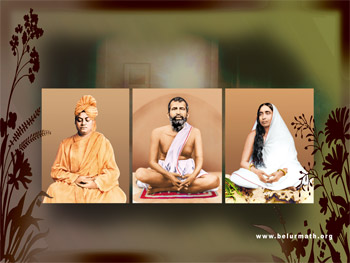Towards a Casteless Bharatham ( India ) –2.1
Towards a Casteless Bharatham ( India ) –2.1
Swami Satyaswarupananda
Sri Ramakrishna Mission.
2.1
2. The Sociology of Caste : 1.
Caste is essentially about social divisions and gradations, about the formation of classes and ranks based on differences in lineage, occupation or wealth.
In recent times, Louis Dumont’s book Homo Hierarchicus has popularized the concept of human beings as essentially hierarchical in their social formations.
It has been argued that social hierarchy is an inevitable outcome of basic biological differences between humans – both as individuals as well as groups – and these differences are often accentuated by environmental modifiers.
That such gradations are natural is supported by their existence amongst a wide range of social animals.
Ants, termites and bees provide a striking example of organized division of function and labour.
The queens, nymphs, workers, soldiers and drones amongst these insects have very specialized roles and these divisions are therefore termed ‘castes’ by entomologists.
Most people identify caste with Hindu society, but discerning observers have pointed out that the Hindu caste system is only a special case of a much more general, if not universal, phenomenon of class distinction and hierarchy.
Social stratification appeared early in the course of social evolution.
The four varnas of Vedic India had their equivalents in other contemporary civilizations.
Endogamy, commensality and occupational specialization are taken by social anthropologists to define caste, and these were virtually the determinants of all social stratification in pre-modern societies.
To be continued ...
BELUR MATH





Comments
Post a Comment